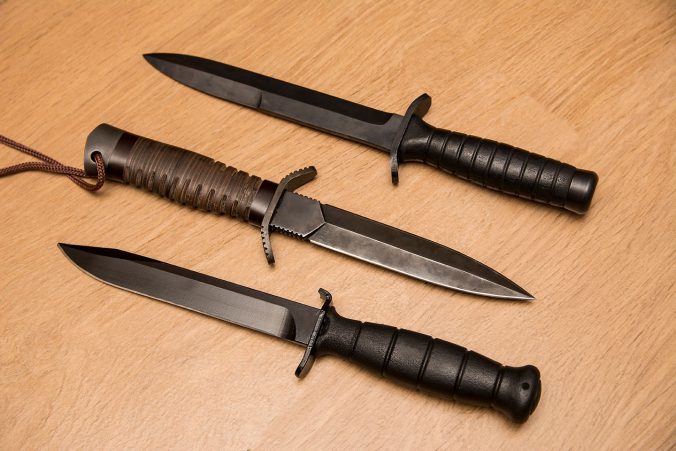Knives may be as old as human civilization, but the materials behind them tell a story of innovation, necessity, and a touch of “let’s see if this works.” From the first crude bronze blades to today’s ultra-tech alloys, the humble knife has come a long way—and it’s worth giving a nod to the materials that made it happen.
Bronze Age Beginnings: Shiny, but Soft
Around 3000 BCE, somebody had the genius idea to melt copper and tin together, and the first bronze knives were born. They weren’t perfect—more decorative than durable—but for the time, they were cutting-edge. Literally.
Still, a few swings into a stubborn piece of wood, and that edge dulled faster than a cheap paring knife on a granite countertop. People loved bronze because it was a status symbol, not because it could baton firewood like your favorite fixed blade.
Enter Iron: Stronger Stuff for Tougher Times
Iron changed the game. By around 1200 BCE, smiths figured out that iron was way tougher than bronze. Suddenly, knives were more than jewelry—they were tools, weapons, and a must-have for daily life.
Fun fact: Iron blades rusted if you looked at them wrong, but at least they held an edge longer than bronze ever could.
Steel: The Real MVP
The big leap came when smiths began adding carbon to iron, inventing steel. Strong, durable, and capable of taking a wicked edge, steel became the gold standard for knives—and still is. From Viking seaxes to your trusty kitchen chef’s knife, steel is the backbone of blade history.
And let’s be honest—few things feel as good as the weight of a well-made steel knife in hand.
Modern Marvels: Stainless, Ceramics, and Super Steels
Fast forward to today, and things have gotten… fancy. Stainless steel gave us low-maintenance knives that don’t rust overnight. Ceramics brought featherweight blades that stay sharp forever (or until you drop them). And then there are powder metallurgy steels—M390, S35VN, Elmax—the Ferraris of the knife world, offering insane edge retention and toughness.
Blade-Tech coatings? DLC finishes? These aren’t your grandpa’s carbon steels.
A Quick Timeline for the Nerds:
-
3000 BCE: Bronze – Pretty, but meh on performance.
-
1200 BCE: Iron – Stronger, but rusts fast.
-
500 BCE and beyond: Steel – The classic we still love.
-
20th century: Stainless, ceramics, and super steels take over.
Your Turn: What’s in Your Pocket?
Knife materials have come a long way—from the first bronze trinkets to high-tech super steels that laugh in the face of corrosion. What’s your go-to blade steel, and why? Drop your favorites (and horror stories) in the comments. Let’s swap some steel tales.





Leave a Reply